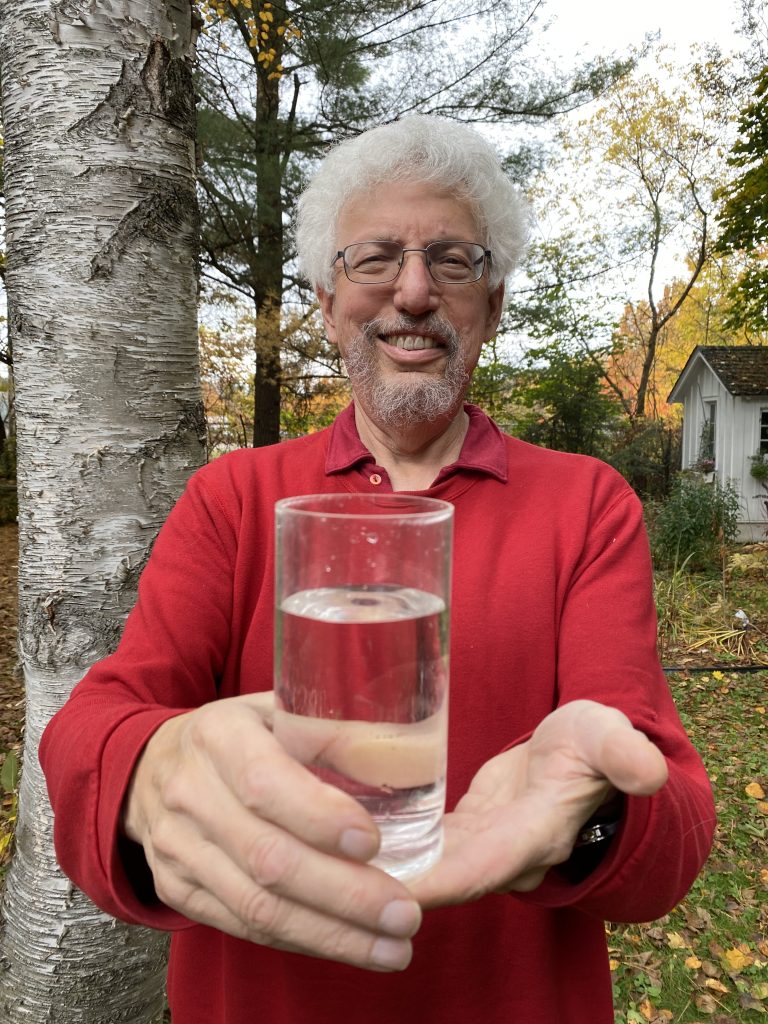Water fleas, or Daphnia, could provide an important early warning system for chemical pollution in our lakes and rivers. Friends of the Muskoka Watershed has collaborated on this research with experts from around the world.
Dr. Norman Yan, director of Friends of the Muskoka Watershed, has been researching and working with Daphnia for over 40 years. “This is a paper about how Daphnia can save the world from pollution,” says Yan who is also a senior research scholar at York University.
Where preventing pollution has failed, Daphnia also could work as a bioremediation agent to help reduce hazards.
Researchers, led by the University of Birmingham, have devised a new framework to detect the effects of ambient chemical mixtures – of the type and concentration typically found in the environment – on the biology of living organisms.The approach uses Daphnia to understand what chemicals can be toxic to other species and how. This is possible because all animals, including humans, share genes that underpin theirresponsesto environmental changes including exposure to pollution.
The new framework involved the University of Birmingham, working in partnership with colleagues at Friends of the Muskoka Watershed in Canada, China Jiliang University and the Alan Turing Institute.
The results, published in Environmental Science and Technology, offer a much-needed advance in the way existing and new risks from chemical pollution are assessed and mitigated. The work could
provide significant improvement in the way chemicals are regulated.
Many modern illnesses such as cancer and autoimmune diseases can be linked to chemical pollution, yet the safety of chemicals is currently assessed using outdated methods, testing one chemical at a time and focusing separately on the hazards to humans and to the environment. A novel approach is urgently needed because there are at least 235,000 individual chemicals and 125,000 unregulated
chemical mixtures in the environment.
While Daphnia have long been recognised as a ‘sentinel species’, used to identify and set exposure limits on toxic chemicals by regulation, the newly published framework significantly expands and
refines their role. It enables Daphnia to detect bioactive components within ambient chemical mixtures and predict what chemicals are likely to be harmful.
Using the knowledge that all animals evolve from a common ancestor, the team quantifies toxicity in Daphnia and predicts its impact in other species. In this framework, Daphnia works as a canary in a coal mine, providing an early warning system of toxicity.
At the same time, the team also shows that Daphnia strains that are naturally adapted to chemical pollution can be used as ‘removal agents’ to remove chemicalsfrom water via bioaccumulation, thus improving environmental health protection in a sustainable way.
